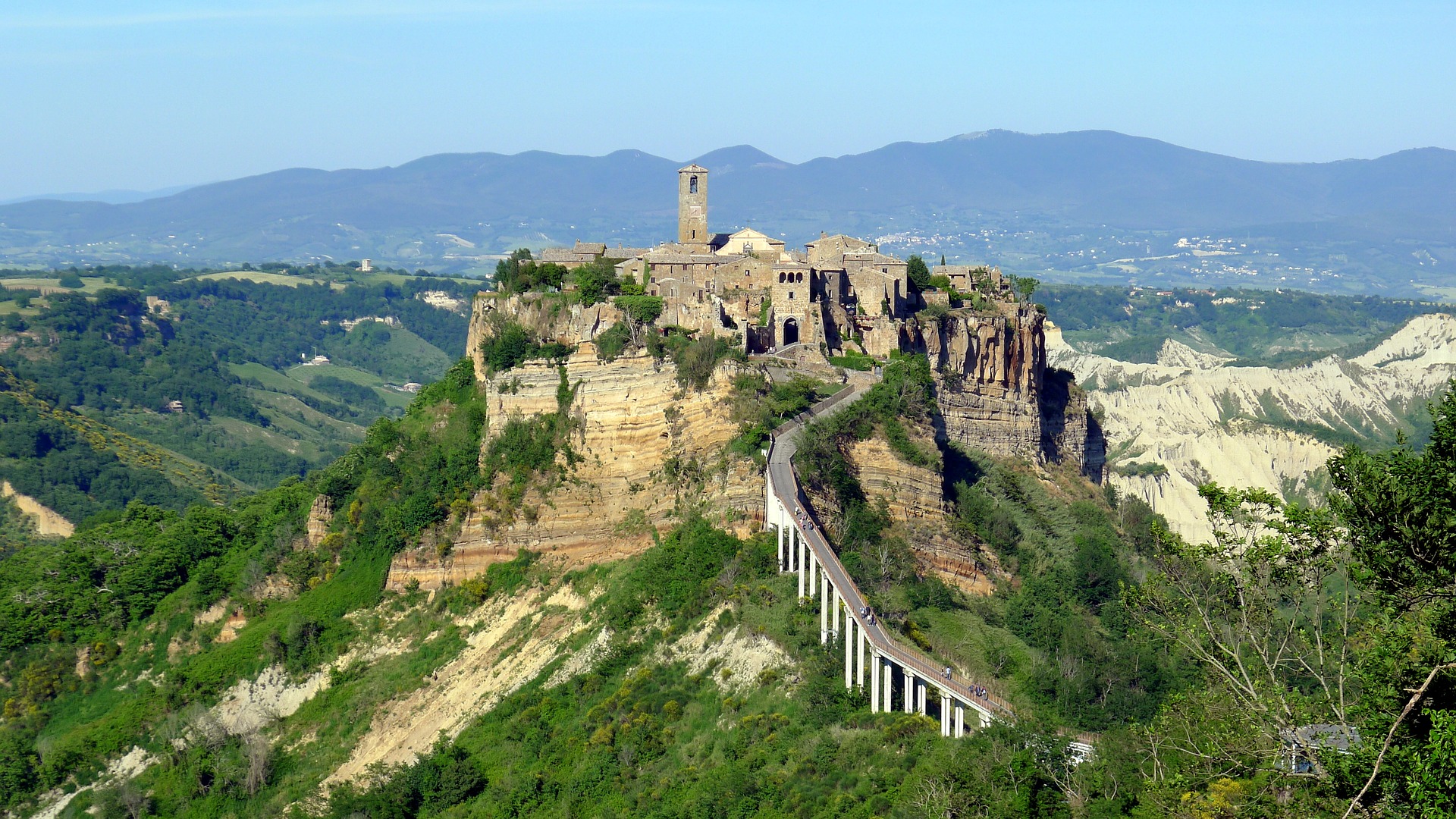Civita di Bagnoregio nella cinematografia onirica di Hayao Miyazaki
C'è un viaggio che per gli orientali rappresenta la realizzazione di un sogno, e la sua destinazione è Civita di Bagnoregio. Vista attraverso lo sguardo visionario di Hayao Miyazaki.






